Key Takeaways
- CGMs provide real-time glucose data that helps athletes personalize nutrition, optimize training intensity, and improve recovery.
- Monitoring glucose trends can prevent energy crashes, reduce burnout, and support better performance consistency.
- Integrating CGM insights with fitness apps and other wearable technology empowers smarter decision-making around fueling, rest, and overall metabolic health.
{{mid-cta}}
For elite athletes and active individuals in pursuit of high-level goals, your performance depends on more than just training hard. Enhancing recovery, taking time to rest, and even giving priority to nutrition guarantees your training is smart and optimal. Continuous glucose monitors (CGMs) are emerging as powerful tools to help athletes better understand their health and how their body best responds to different nutrition and training strategies.
For example, a study published in Nutrients in 2020 found that ultramarathoners who used a CGM while running were able to ensure proper carbohydrate intake throughout their multi-hour activity, and that the carbohydrate intake was positively correlated with faster running speeds.1
Using a CGM can offer a deeper understanding of the relationship between glucose and energy availability, helping athletes fine-tune their fueling strategies for peak results. If you're hoping to avoid mid-workout crashes, accelerate recovery, or improve body composition, then understanding your patterns in blood sugar responses can help reduce injury and health concerns while supporting short and long-term goals.
This article will explore how athletes can use glucose data to fuel smarter, train more efficiently, and recover faster. We’ll break down how glucose fluctuates around exercise, how to time nutrition using CGM data, and how to ultimately view blood sugar levels as a positive, helpful, high-performance asset instead of a basic health marker.
Understanding Glucose Fluctuations Around Exercise
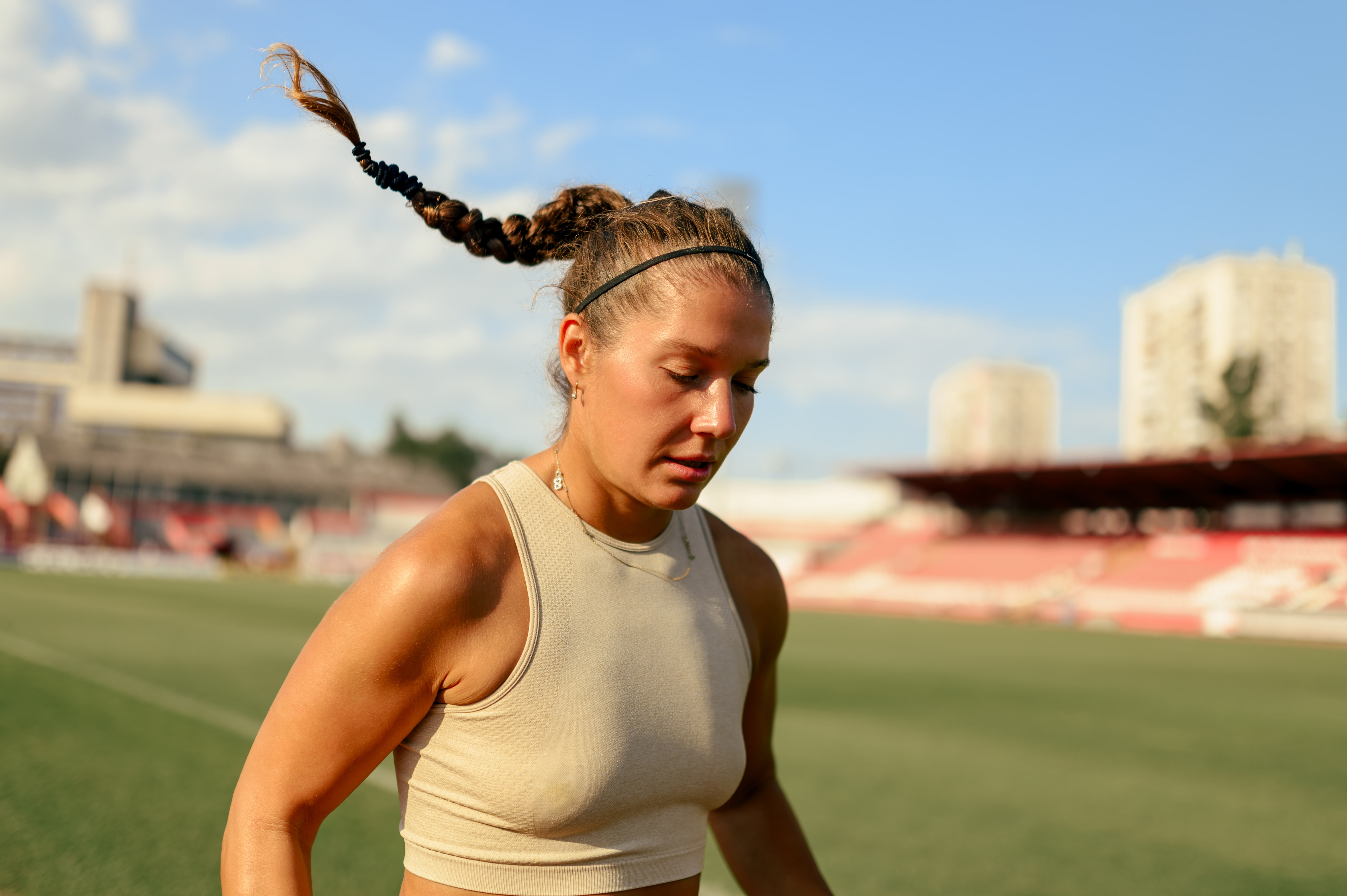
The typical dialogue around blood sugar tends to put a negative connotation on spikes and dips; however, not all fluctuations in blood sugar are bad. They are an incredibly normal response, especially around exercise. During a warm-up, glucose levels may remain relatively stable or show a slight rise as the body begins to extract stored glycogen from the liver. As intensity ramps up, the body requires more glucose for quick energy. Many athletes will experience a spike, or rise, in blood sugar levels on a CGM during higher intensity or anaerobic activity because of the body’s need for fuel. This is not as common during zone 2 exercise, when blood sugar levels tend to be more stable.
As you enter the cool-down phase of your workout, glucose levels typically begin to drop as insulin sensitivity improves; however, there are exceptions. Sometimes glucose levels remain elevated afterwards, especially after a high-intensity or longer-duration workout. For most healthy individuals, glucose levels gradually return to baseline within 30 minutes to two hours post-exercise. When this doesn’t happen, then it is worth looking into why your blood sugar responses are outside of a healthy norm. For example, if an athlete overtrains or exercises in a fasted or under-fueled state, then a rapid glucose drop (reactive hypoglycemia) can occur. Common symptoms of reactive hypoglycemia include dizziness, fatigue, or reduced performance.
On the flip side, athletes can experience a continued level of elevated glucose for 24 hours or more after exercise due to the increased levels of cortisol and a delayed insulin response, which allows the body to store more readily available glucose in the muscles for optimal recovery. It can also be an indication of high stress or poor nutrition around training; thus, monitoring changes and patterns over time is key and can help athletes avoid energy crashes mid-session while ensuring they’re properly fueling during and after activity
Again, both a decreased and an increased level in blood sugar after exercise can be normal; it depends entirely on your physiology as well as the nature of your workout that day.
Using CGM Data to Time Nutrition
Using a continuous glucose monitor can help anyone fine-tune their nutrition strategies around workouts for better energy, performance, and recovery. Remember: having glucose circulating in your bloodstream is not always a bad thing! You need sugar to function, support muscle performance, and maintain strong mental focus. By observing how glucose levels respond before, during, and after training, individuals can make smarter fueling decisions that align with their body’s needs. Here's how to use CGM data to guide your nutrition timing with exercise.
Pre-workout fueling
Aim to begin exercise when your glucose is in the optimal range of 70-110mg/DL (or 90-250 mg/dL range for those living with diabetes) to ensure you’re starting with adequate energy.2 If levels are less than 70mg/dL, then have a small, easily digestible carb-based snack (like a banana or toast with honey) 30 to 60 minutes before your session.
During exercise
Watch for drops in glucose during prolonged or high-intensity workouts, especially those lasting over 60 minutes. If levels begin to decline below 70 mg/dL and fatigue sets in, it may be time to add quick-digesting carbs (like sports drinks or gels) and ensure you’re staying hydrated.
A typical recommendation for activity lasting longer than 60 minutes is to ingest 30-60 grams of carbohydrates per hour, or more depending on individual factors and the intensity of your exercise.3,4
Post-workout recovery
Glucose levels may stay elevated after intense training before decreasing back to baseline. Use your CGM to track how quickly they return to normal (or slightly below normal), which can offer insight into muscle glycogen replenishment and inflammation levels.
If levels stay elevated too long (more than 2 hours) or for multiple days in a row, then it may signal under-recovery, underfueling, or stress. That said, it also could be normal, especially if you are participating in consecutive, high-intensity training days. Using a CGM and consulting with a professional can help you monitor these levels and watch for patterns around your training days so you can adjust your fueling and recovery strategy accordingly.5
Tailoring Training Intensity Based on Glucose Trends
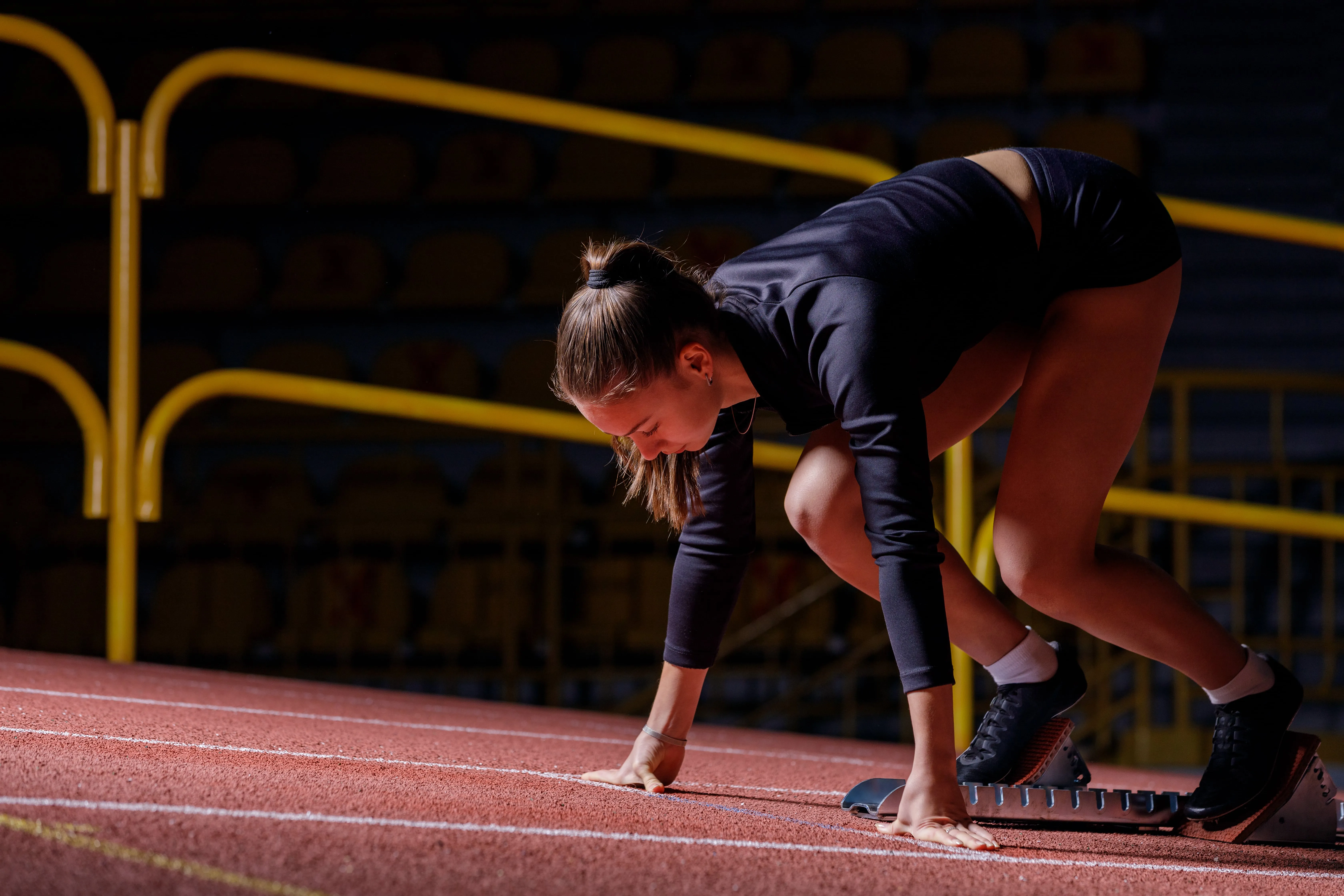
Tailoring training intensity based on CGM data allows athletes to align workouts with their nutrition strategies, helping to maximize performance while reducing the risk of burnout or injury. This means understanding when it is appropriate to hit higher intensities or when it's necessary to remain in more Zone 2 levels of intensity.
For example, when glucose levels are lower than 80 mg/dL before a workout, it may indicate that glycogen stores are depleted or the body is under-fueled; thus, it could be helpful to delay high-intensity training or consume carbohydrates to boost energy availability.
On the other hand, elevated glucose levels due to stress, poor sleep, or recent meals can lead to erratic energy levels, poor heart rate responses, and suboptimal performance. By using this data and tracking patterns over time, athletes can adjust their training plans by opting for lower-intensity sessions or rest days when needed, which will promote better adaptation, prevent overtraining, and maintain long-term metabolic health and athletic performance.8
Strategies to Speed Recovery Using Glucose Insights
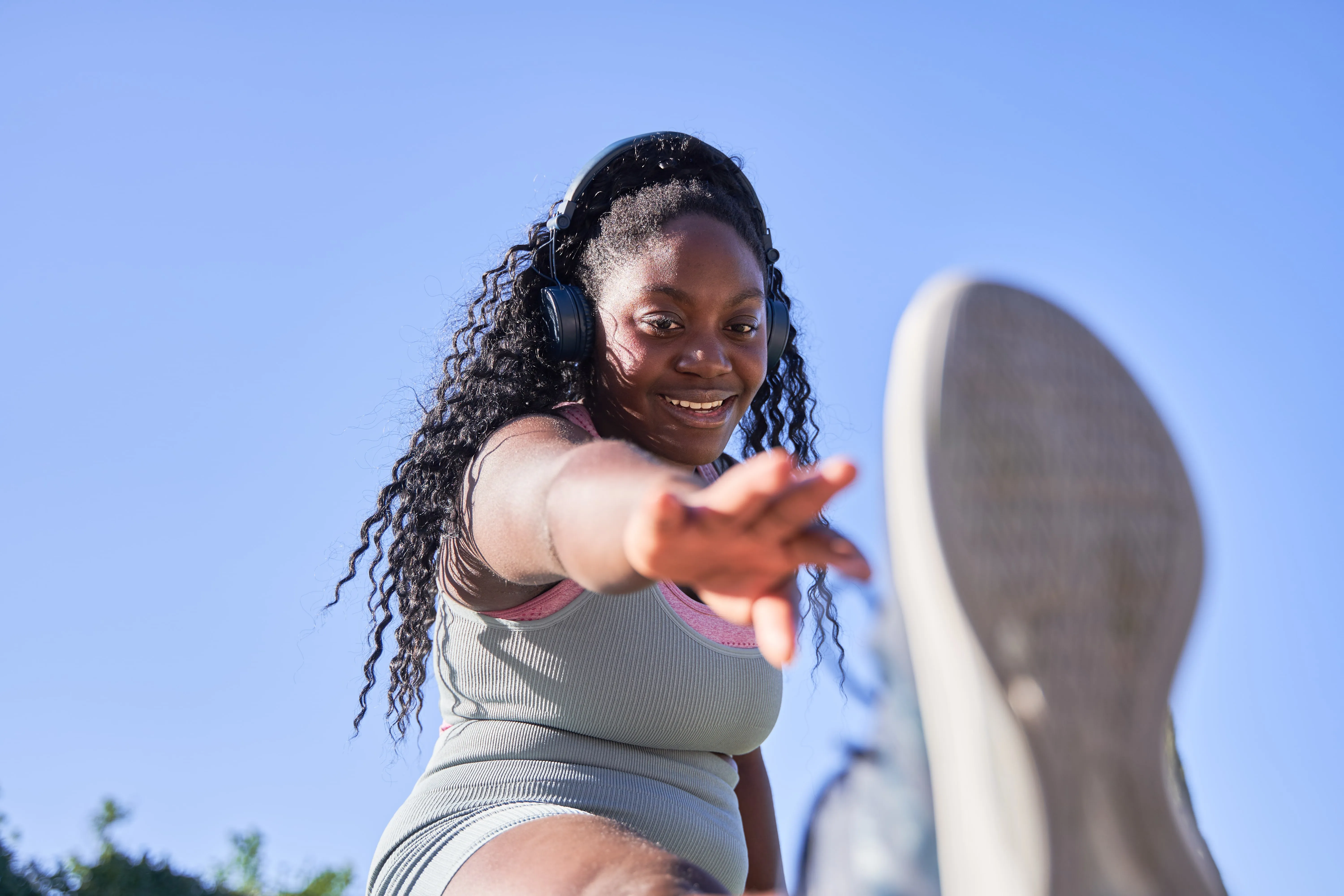
Recovering after exercise is just as important as the workout itself, and glucose data from a CGM can offer valuable insights to guide that process. Post-exercise glucose trends can reveal how well your body is replenishing glycogen stores, managing inflammation, and dealing with stress. By using this information, athletes can fine-tune their nutrition to support faster healing, decrease fatigue, and prepare for the next training session of any intensity.
Here are key strategies to speed up recovery using CGM insights:
- Optimize meal timing: Consume a balanced meal with protein and complex carbohydrates (ideally a 3:1 ratio of carbs to protein) within 30–60 minutes post-exercise to stabilize glucose and jumpstart muscle repair.7
- Choose anti-inflammatory foods: If you notice elevated glucose levels for long periods after exercise, then your body may be experiencing excessive inflammation. Include foods rich in omega-3s, antioxidants, and fiber, such as salmon, berries, and leafy greens, to help manage post-exercise inflammation.
- Adjust for glucose variability: If your CGM shows frequent spikes or drops, especially during workouts, then reevaluate your nutrient timing, hydration, or workout intensity. For example, you may need to ingest more carbohydrates at more frequent time intervals during exercise to reduce big swings in blood sugar levels.
- Incorporate rest and active recovery: When glucose trends indicate high variability or delayed recovery, prioritize sleep and restorative movement (such as walking or yoga) to aid in stress management and support metabolic balance.
Tools and Apps to Track and Analyze Glucose Data
As continuous glucose monitoring (CGM) becomes more accessible to athletes and active individuals, the right tools and apps can make all the difference in interpreting and applying the data effectively.
Modern CGMs track glucose levels and integrate with fitness watches and nutrition apps to help provide a full picture of how training, diet, sleep, and stress impact metabolic health and performance. Using the right combination of devices and professional nutrition advice can help you turn raw glucose data into actionable insights for fueling smarter, recovering faster, and training more efficiently.
Understand that interpreting data from CGMs and other apps should be done with caution if done without professional guidance. Research findings recommend that individuals identify trends and adjust nutrition goals with the guidance of a nutritional or medical professional if hoping to make data-backed decisions that support metabolic and athletic goals.9
The Bottom Line
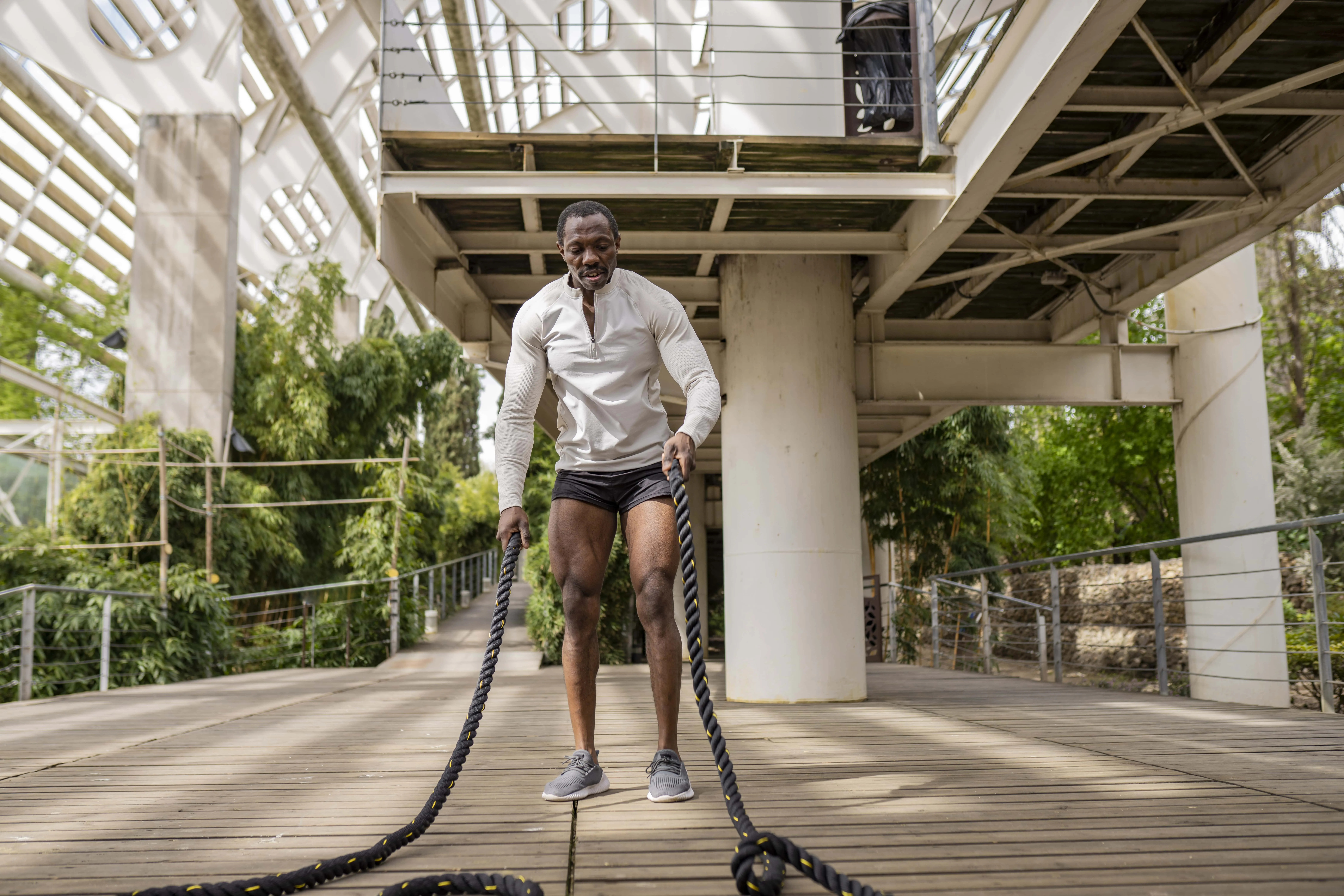
Glucose data from a CGM offers athletes a powerful, real-time window into how their bodies respond to training, nutrition, and recovery. By using this information, athletes can personalize fueling strategies, adjust workout intensity, and optimize recovery to enhance performance and reduce burnout. Add glucose tracking to your repertoire of data for a true holistic picture of your health and performance, day after day.
Learn More About Signos’ Expert Advice
If you have more questions on improving your health, fitness, and nutrition, seek the expert advice of the Signos continuous glucose monitor and the Signos team. A continuous glucose monitor (CGM) can give you the insights to make smarter nutrition and exercise choices. The Signos app provides a unique, personalized program to help you reach your health goals.
Topics discussed in this article:
References
- Ishihara, K., Uchiyama, N., Kizaki, S., Mori, E., Nonaka, T., & Oneda, H. (2020). Application of continuous glucose monitoring for assessment of individual carbohydrate requirement during ultramarathon race. Nutrients, 12(4), 1121.
- Colberg, S. R., Sigal, R. J., Yardley, J. E., Riddell, M. C., Dunstan, D. W., Dempsey, P. C., Horton, E. S., Castorino, K., & Tate, D. F. (2016). Physical Activity/Exercise and Diabetes: A Position Statement of the American Diabetes Association. Diabetes care, 39(11), 2065–2079. https://doi.org/10.2337/dc16-1728
- American Heart Association. (2024, July 31). Food as fuel before, during and after workouts. Retrieved July 24, 2025, from https://www.heart.org/en/healthy-living/healthy-eating/eat-smart/nutrition-basics/food-as-fuel-before-during-and-after-workouts
- Jeukendrup A. (2014). A step towards personalized sports nutrition: carbohydrate intake during exercise. Sports medicine (Auckland, N.Z.), 44 Suppl 1(Suppl 1), S25–S33. https://doi.org/10.1007/s40279-014-0148-z
- Thomas, F., Pretty, C. G., Desaive, T., & Chase, J. G. (2016). Blood Glucose Levels of Subelite Athletes During 6 Days of Free Living. Journal of diabetes science and technology, 10(6), 1335–1343. https://doi.org/10.1177/1932296816648344
- Fitzpatrick, R., Davison, G., Wilson, J. J., McMahon, G., & McClean, C. (2022). Exercise, type 1 diabetes mellitus and blood glucose: The implications of exercise timing. Frontiers in Endocrinology, 13, 1021800.
- Kerksick, C., Harvey, T., Stout, J., Campbell, B., Wilborn, C., Kreider, R., Kalman, D., Ziegenfuss, T., Lopez, H., Landis, J., Ivy, J. L., & Antonio, J. (2008). International Society of Sports Nutrition position stand: nutrient timing. Journal of the International Society of Sports Nutrition, 5, 17. https://doi.org/10.1186/1550-2783-5-17
- Peinado, A. B., Rojo-Tirado, M. A., & Benito, P. J. (2013). Sugar and physical exercise; the importance of sugar for athletes. Nutr Hosp, 28(Suppl 4), 48-56.
- Bauhaus, H., Erdogan, P., Braun, H., & Thevis, M. (2023). Continuous glucose monitoring (CGM) in sports—a comparison between a CGM device and lab-based glucose analyser under resting and exercising conditions in athletes. International Journal of Environmental Research and Public Health, 20(15), 6440.


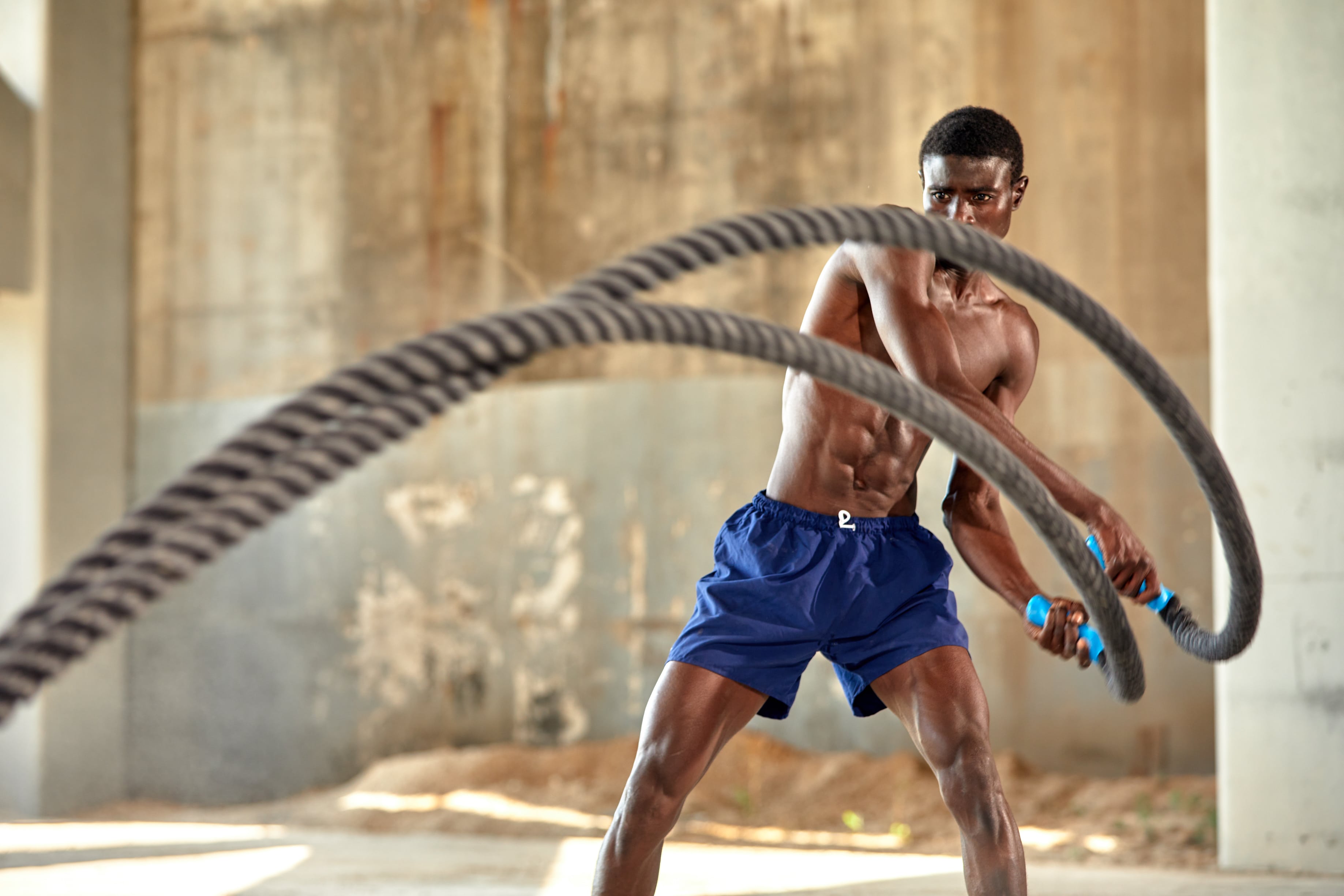

.svg)






.webp)



.svg)
.svg)
.svg)
.svg)
.svg)
.svg)
.svg)
